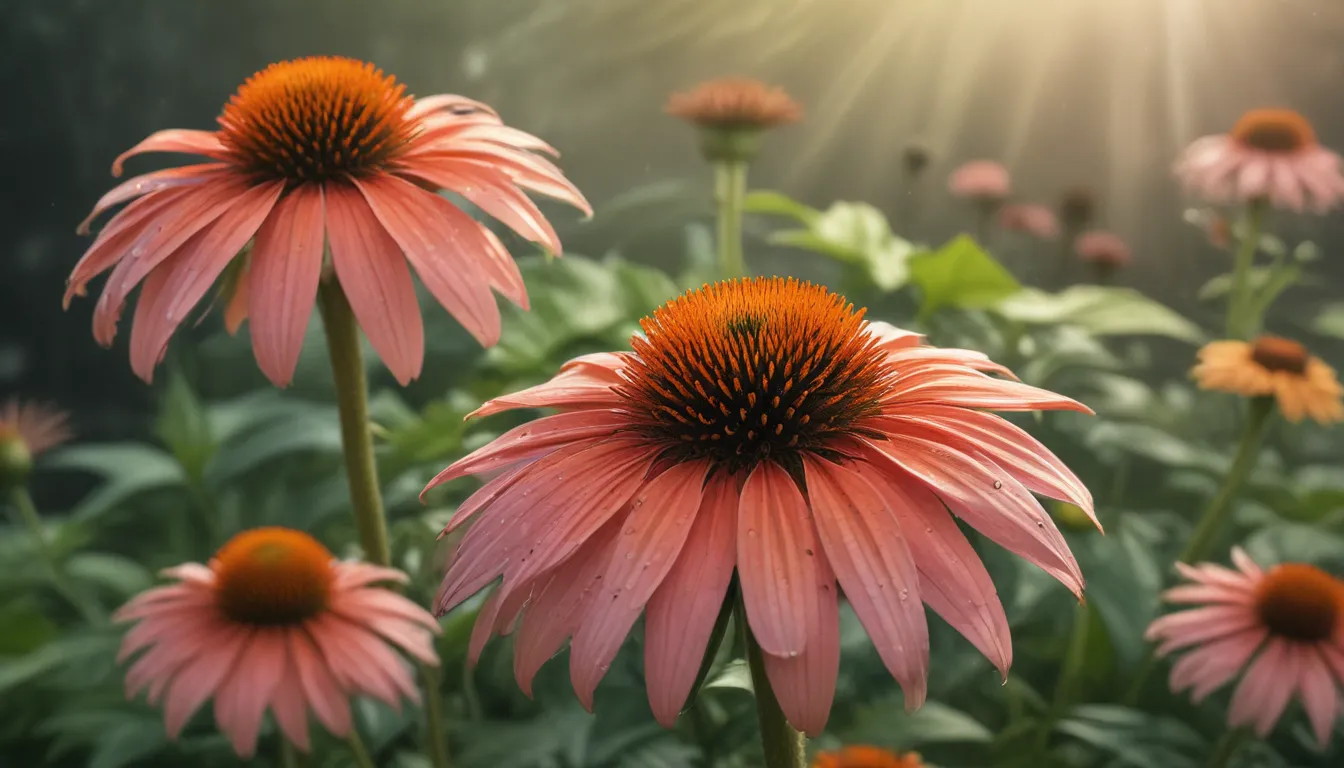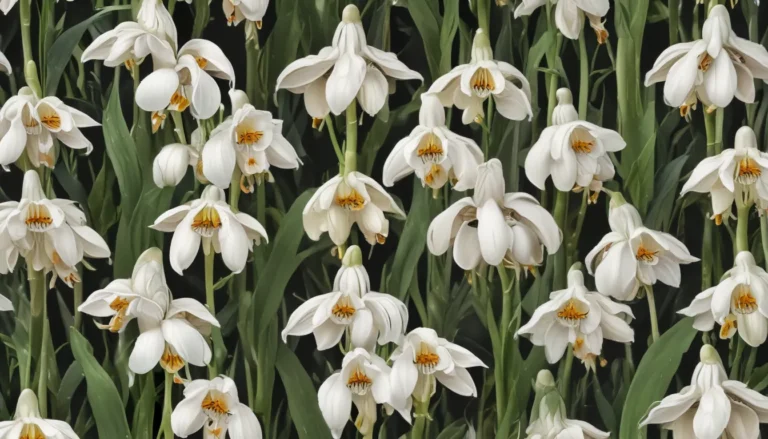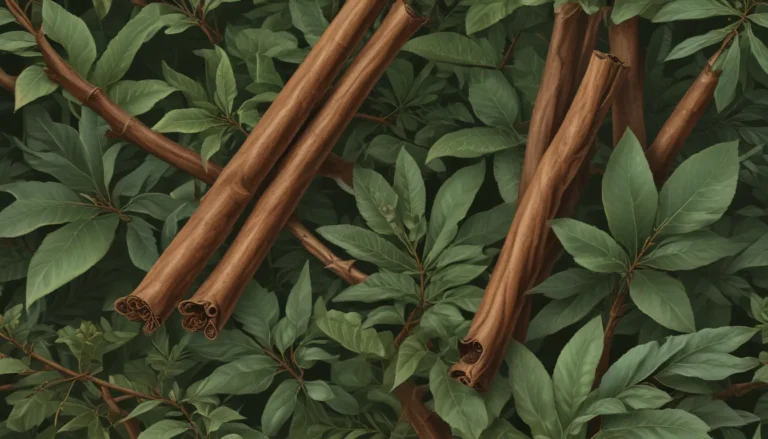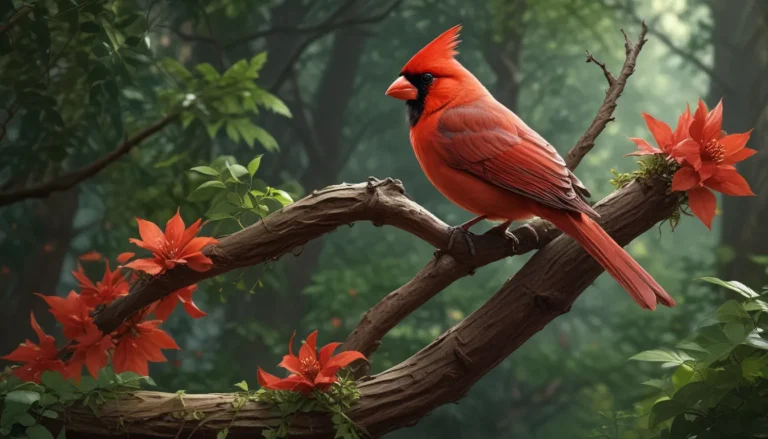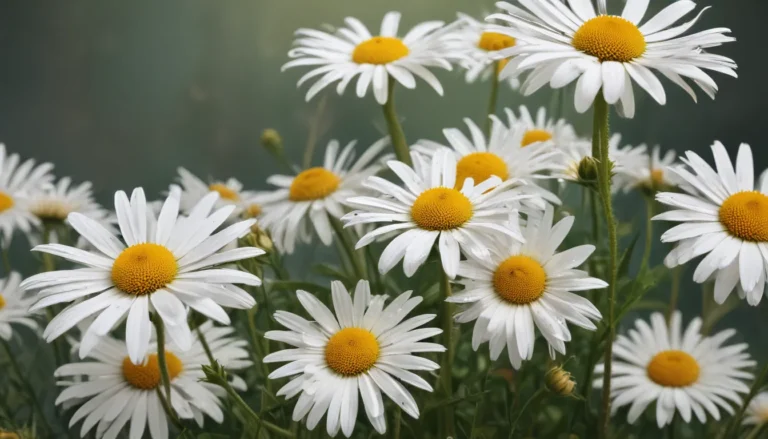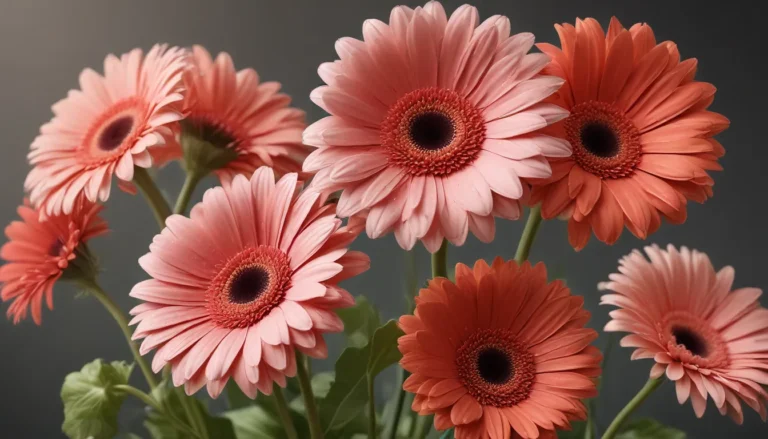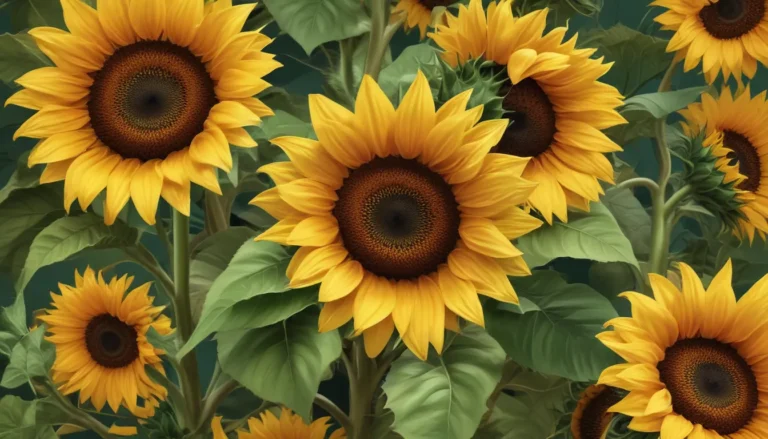The pictures we use in our articles might not show exactly what the words say. We choose these pictures to make you interested in reading more. The pictures work together with the words but don’t take their place. The words still tell you the important facts.
Are you ready to embark on a journey through the captivating world of coneflower, also known as Echinacea? This vibrant plant not only adds a splash of color to gardens around the world but also boasts a rich history and a host of unique characteristics that make it truly remarkable. From its medicinal properties to its ability to attract pollinators, there is much to discover about this versatile and resilient herb.
Unveiling the Mysteries of Coneflower
Coneflower, also known as Echinacea, is a plant with a plethora of fascinating facts that will leave you in awe. Let's delve into 14 intriguing insights that will deepen your appreciation for this enchanting flower and its many wonders.
Coneflower: More Than Meets the Eye
One of the most intriguing facts about coneflower is that it goes by the name Echinacea. This captivating flower, belonging to the daisy family, is native to North America and has a storied past filled with medicinal and cultural significance.
Harnessing the Power of Nature
For centuries, coneflower has been revered for its medicinal properties. Known for its immune-boosting and healing effects, this herb is a popular choice for herbal remedies due to its anti-inflammatory and antioxidant properties.
A Colorful Tapestry
Coneflower is not confined to a single hue. While purple is the most common color, these vibrant blooms can also be found in shades of pink, white, yellow, and orange, adding a kaleidoscope of color to gardens and landscapes.
A Haven for Pollinators
The nectar-rich center and colorful petals of coneflower make it a magnet for pollinators such as bees, butterflies, and birds. By planting coneflowers, you can support local ecosystems and promote biodiversity in your garden.
Blooming Beauties
Coneflower isn't just a summer fling—it blooms from early summer to fall, providing a long-lasting display of colors. Gardeners seeking continuous blooms throughout the season will find coneflower to be a faithful companion.
Weathering the Storm
Coneflower's resilience extends to its ability to withstand drought. Thanks to its deep taproot, this hardy plant can access water deep within the soil, making it a valuable addition to gardens in regions prone to dry spells.
From Garden to Table
Did you know that coneflower seeds are not only decorative but also edible? These versatile seeds can be incorporated into culinary creations like salads, soups, and baked goods, adding a nutritious and unique twist to your dishes.
A Cultural Icon
With a rich historical background, coneflower has been revered by Native American tribes for its medicinal remedies and spiritual significance. Its cultural and historical heritage continues to resonate with plant enthusiasts today.
Standing Strong
In certain cultures, coneflower is seen as a symbol of strength and resilience. Its ability to thrive in challenging conditions and its healing properties have earned it a reputation as a beacon of endurance and fortitude.
Nature’s Bodyguard
Planting coneflower in your garden comes with an added benefit—it is deer-resistant. Deer tend to steer clear of coneflower due to its slightly bitter taste, making it a reliable choice for gardens in deer-populated areas.
Flexibility in Potting
Whether you have limited space or simply prefer container gardening, coneflower can thrive in pots and containers, offering a versatile option for urban settings and smaller gardens.
A Butterfly’s Delight
Butterflies are drawn to the nectar of coneflower, making it a favorite among these beautiful winged creatures. By planting coneflowers, you can create a welcoming environment for butterflies and contribute to pollinator conservation.
Beauty Beyond Measure
In addition to its medicinal properties, coneflower is celebrated for its ornamental value. Whether in garden beds, borders, or landscapes, these vibrant blooms add a pop of color that delights gardeners and landscapers alike.
Embrace the Enchantment of Coneflower
In conclusion, coneflowers are not just plants—they are an embodiment of beauty, resilience, and biodiversity. Whether you're seeking to enhance your garden's aesthetics, create a haven for wildlife, or explore the healing powers of nature, coneflowers offer a myriad of benefits. With their striking colors, adaptability, and low maintenance requirements, these flowers are a must-have for any green space enthusiast.
Frequently Asked Questions
Q: How do I care for coneflowers?
A: Coneflowers thrive in well-drained soil with ample sunlight. Regular watering, deadheading spent flowers, and a light application of organic fertilizer in the spring can help them flourish.
Q: Can coneflowers survive in cold climates?
A: Yes, many coneflower varieties are cold-hardy and can withstand freezing temperatures with proper care and protection, such as mulching during winter.
Q: Are coneflowers deer-resistant?
A: While coneflowers are generally deer-resistant, using repellents or planting other deer-resistant plants alongside them can help deter hungry deer.
Q: Can I grow coneflowers in containers?
A: Absolutely! Coneflowers can thrive in containers as long as they have sufficient space for root growth, well-draining soil, and ample sunlight.
Begin your exploration of the enchanting world of coneflowers today and unlock the countless wonders waiting to be discovered!
